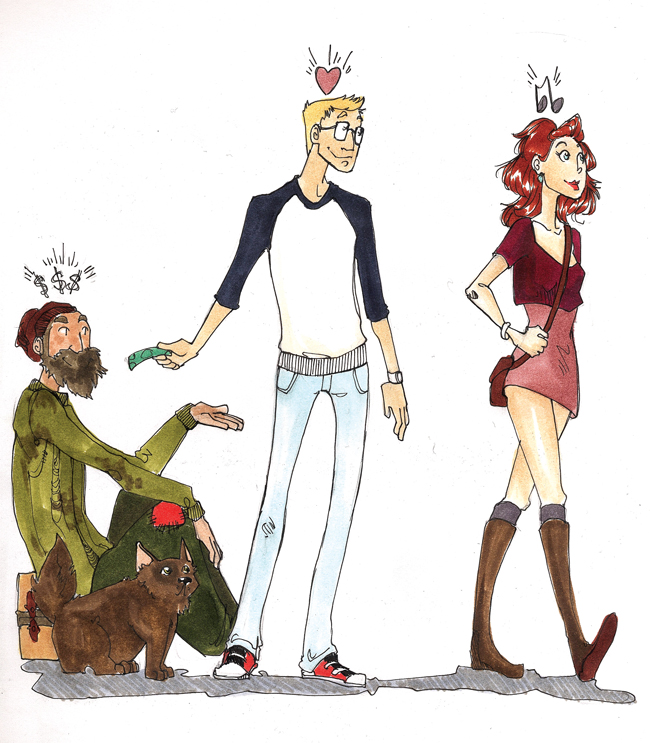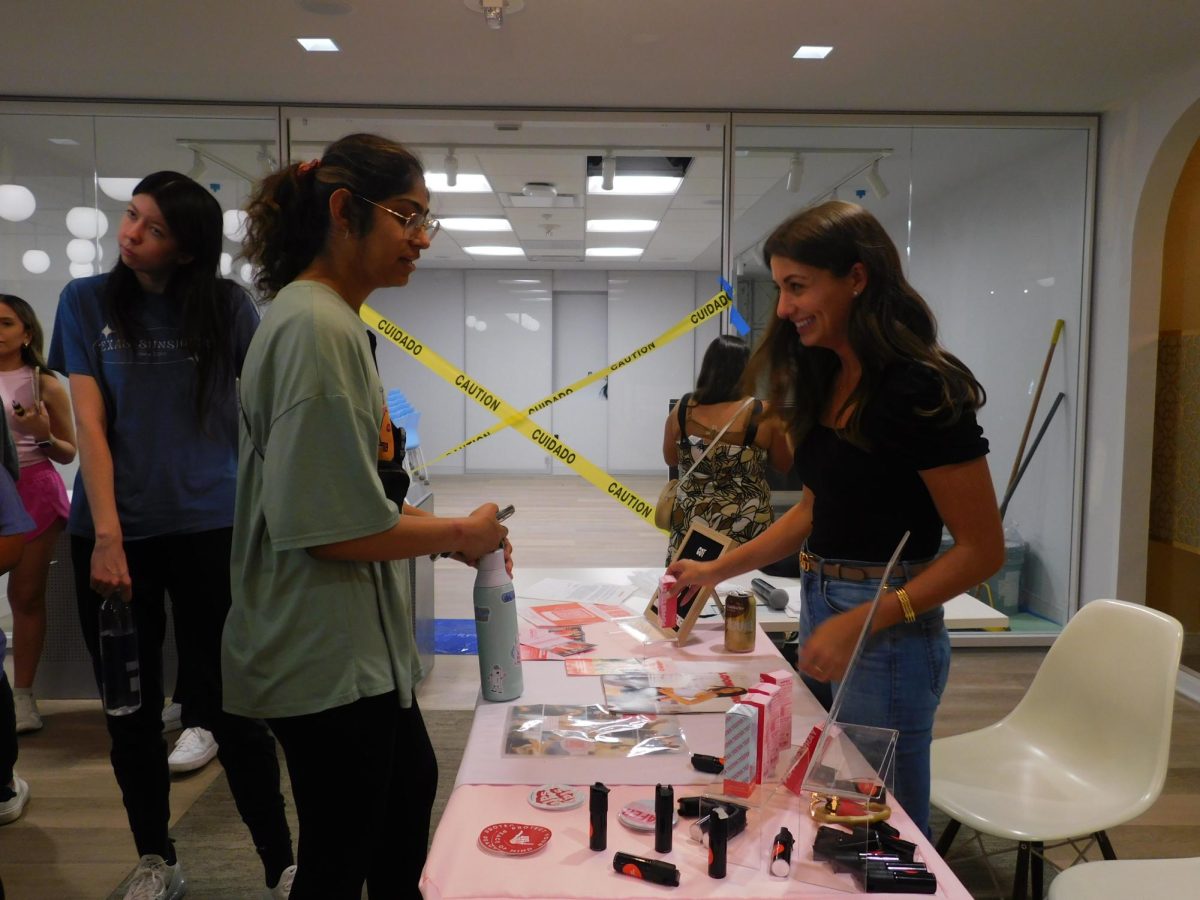
Robot Swarms
The General Robotics, Automation, Sensing and Perception (GRASP) Laboratory at the University of Pennsylvania has put together small flying machines that travel in complex formations while nimbly avoiding objects in their path.
Looking like small, alien military helicopters, these devices effortlessly float but are also smart enough to detect where the other helicopters are and shift their position accordingly, like a flock of birds. This type of device has obvious military uses down the line, but as of now, it’s best to watch the YouTube videos of the machines moving in gorgeous motion, looking more like a special effect from a Hollywood blockbuster than something touchable.
Bulk Up in 24 Million Generations
A recent study in the “Proceedings of the National Academy of Sciences” looked at several different mammals and calculated how many generations it took for them to get to their current size. Elephants, for instance, took at least 24 million generations to go from the dimensions of a mouse to their current stature. The scientists noted, however, that evolutionary pressures often act faster in the other direction — going from large to small may only take 100,000 generations. Also, water-based animals such as whales grew at almost twice the rate of land-based animals, likely a result of not having to fight so strongly against gravity.
Texas Heat Wave
Thought last summer was hot? You weren’t alone. A recent paper strongly suggested that last summer’s massive heat wave and drought here in Texas — along with other recent weather anomalies — were a direct result of global warming. While it’s difficult to pin a specific event on a statistical model, the study’s authors note that the chances of the kind of weather we experienced last summer, with the bulk of the three months filled with 100+ degree weather, is highly improbable unless one accepts a model that incorporates climate change. This is a rather bold claim and other scientists are double-checking the math, but if it checks out, this could be yet another piece to add to the huge pile of evidence in support of global warming — evidence that’s getting harder and harder to ignore.
For Your Eyes Only
Science Magazine announced the winners of its International Science & Engineering Visual Challenge this week, honoring those who use images to present scientific ideas in new and interesting ways. The categories included photography, illustration, posters and graphics, interactive games and video. The winners depicted mouse eyes, attacks on monstrous cancer cells and a game that allows users to help scientists by bending amino acids into proteins.
Nice Guys and the Women Who Make Them
In a study that won’t surprise many, men are more likely to be giving when there’s an attractive woman nearby. Psychologists performed a study on participants in which there was an option to share money rather than keep it for themselves. The catch was that some were observed by an attractive male, while others were observed by an equally attractive female. Male participants in the latter category acted more nicely and shared more of their money, while female participants’ actions didn’t vary much regardless of who observed them. A follow-up experiment found similar results with truly altruistic behaviors, showing that men observed by good-looking women were willing to donate more of their time to charities than those in the control groups in which either other men or nobody would be watching them.
Printed on Thursday, February 9, 2012 as: Science explores flying robots, size evolution, Texas drought





















